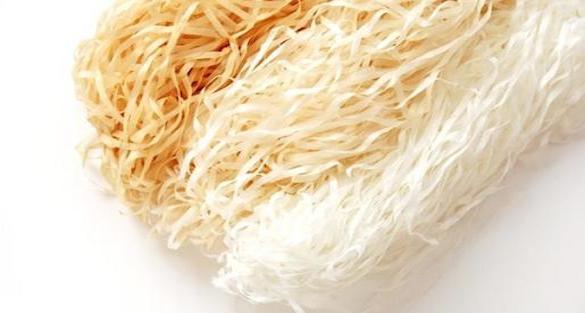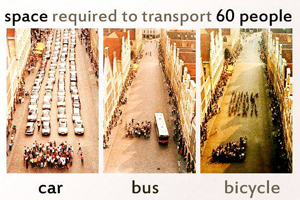More and more manufacturers are concerned about the impact of manufacturing process to the environment and raise awareness to their social responsibility. Therefore they tried to develop sustainable new materials.
The following are 6 of them:
1. Crab shell
By mixing viscose and chitosan, Crabyon®, an anti-bacterial and anti-stink material is created. Swicofil, a Swiss cloth company, believes that chitin is safe human use with low allergic reactions. Chitin is now used in making contact lens, surgery sews and artificial leather.
2. Sasawashi
A material created by mixing traditional Japanese washi paper and kumazasa, a plant found in high altitude in Japan that is currently used to wrap sushi. It has the anti-bacterial, anti-stink and damp-proof power. It can be applied to slippers, bath towel, bedding and fluffy toys.
3. Coffee grinds
S.Café ® is made of coffee grinds. It has the ability to give anti-UV protection, easy to dry and can absorb smell. Therefore it is suitable for making jackets and sports clothing.
4. Wool and synthetic hybrid
Vox is a mixture of wool and synthetic fibre. Though it is a hybrid of natural and synthetic materials, it can still be recycled and is biodegradable. The front side is made of soft wool while the back is made of strong synthetic fibre called Cradura. To recycle the cloth, just put it in a high pressure steriliser often found in hospital, then it can be separated back into the two materials.
5. Plastics bottles from Haiti
Though it is just recycling plastic bottles, Thread made it a comprehensive mechanism to help those in need. After witnessing the earthquake in Haiti in 2010, Thread hopes to make recycling a way to earn. They provide education to people who pick trash. Then sent the recycled resources to the america to produce 100% recycled products.
6. Materials from materials
Ford Fusion car uses different sustainable materials. For example one car uses 2 pairs of jeans and 42 recycled water bottles. Through cooperation with different companies, Ford hopes to develop new sustainable materials. For example they are co-operating with Heinz to make tomato fibre one part of the car.
With more companies responding to this trend, hope more creative sustainable materials can be developed.
Source: Social Enterprise Insights










